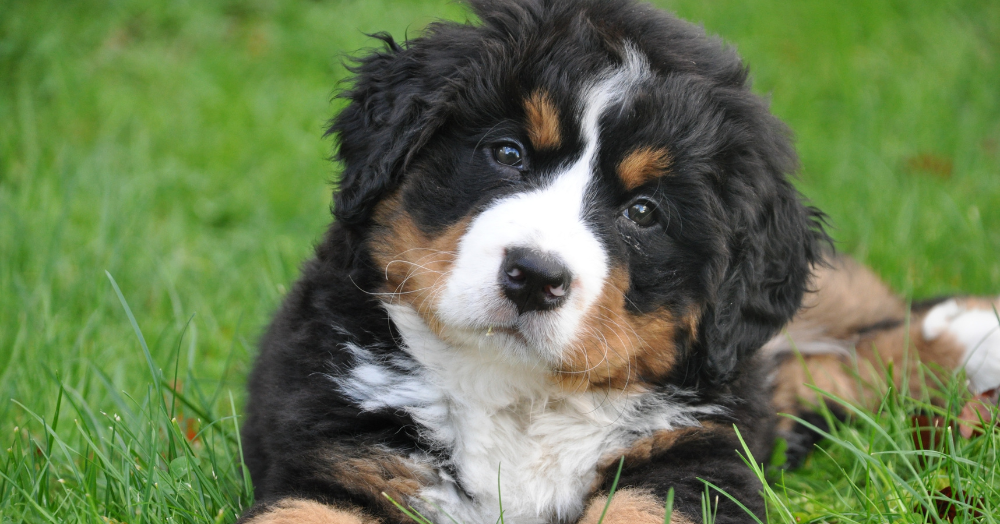
UK Governments revised model tenancy agreement means landlords can't blanket ban pets.
The UK Government revised its model tenancy agreement template meaning that landlords can no longer issue blanket bans on pets…Does this impact you?
The model tenancy agreement makes it easier for tenants to keep pets as the default option. The most important thing to note initially is that whilst the government produces a model tenancy agreement there is no legal requirement to use this particular agreement!
The model is drafted by the Government with the aim of producing an agreement that has fair balance between the interests of landlords and tenants. Under the new Model Tenancy Agreement it is recommended landlords no longer issue blanket bans on pets. Instead, they need to actively object, in writing, within 28 days of a written pet request from a tenant and provide a good reason.
If consent is given on the condition that an additional deposit is paid by the tenant, the total deposit must not breach the deposit cap introduced under the Tenant Fees Act 2019 (for tenancies in England only) and must be protected in an authorised tenancy deposit scheme such as the Tenancy Deposit Scheme.
Advice for landlords
If you give your permission for a tenant to have a pet what should you do to protect yourself and your property?
Meet the pet!! Make sure you meet the animal and that you are happy. Are they barking and jumping around uncontrollably or are they calm. Ask for specific details -breed, temperament, behaviour, care plan.
Encourage your tenant/applicant to be honest. Talk to them openly about the pet they have and arrange to meet it. It’s no good believing a tenant that tells you that their pet is ‘quiet as a mouse’, only for a week later to receive a call from neighbours complaining about loud barking next door.
Talk with the tenant. Make sure you talk to tenants about any troubles that may be caused and how you’d like them to mitigate this risk.
Ask care questions. Are the tenants responsible pet owners? What is happening with the pet when they are not there? Do they have a pet hair vacuum cleaner? Do they have rugs and throws to protect from dirty paws, a scratching post for cats and chew toys for dogs to keep them away from furniture?
Confirm in writing. Make sure you confirm in writing exactly what pet you are giving your tenant permission to have, as well as what your expectations are in terms of the property and cleanliness. This means there can be no confusion down the line and will also help should you need to claim from their deposit in the future.
Carry out inspections. Carry out your initial inspection within a month so any problems can be nipped in the bud quickly. Then carry out your usual 6 monthly inspections. Any changes or concerns you have make sure you confirm to your tenant in writing i.e fleas, damage etc
Add a pet clause in your tenancy agreement. This clause should clearly outline the responsibilities of the tenant with regard to maintaining their pet in the rental property, and the responsibilities should include any necessary cleaning, pest control, gardening and/or repairs for any damage caused by pets
Frequently asked questions
My tenant has a pet in the property without my permission – what do I do?
The tenant is in breach of the tenancy agreement. It up to the landlord what action they take. If they are a good tenant and responsible pet owner, communication and negotiation is the best course of action
Can I charge a higher rent to tenant pet owners?
Yes, you can charge higher rent, but this should be reasonable and negotiated between the landlord and tenant.
Can I ask for an additional pet deposit?
No, you can’t ask for an additional pet deposit in England, unless your existing deposit is under the maximum allowed, as set out in the Tenant Fees Act. The current legislation states that the total deposit must not exceed the equivalent of five weeks’ rent (for tenancies with an annual rent of less than £50,000) or six weeks for tenancies where the rent is £50,000 or higher.
What should I do if the tenant gets a pet mid-tenancy?
You don’t need to create a new tenancy agreement, but you should include a pet addendum. Before doing this, carry out a thorough property inspection (before the pet arrives) to record the condition of the inside and outside spaces. Don’t forget to note smells in the property and take dated photographs as additional evidence. In the pet addendum, make sure you are specific about new tenant responsibilities and specially negotiated clauses that set out the basis for keeping a pet in the property.
Should you have any queries regarding the above, or any other tenancy related queries please do not hesitate to contact our office. We are here and ready to help in any way we can.